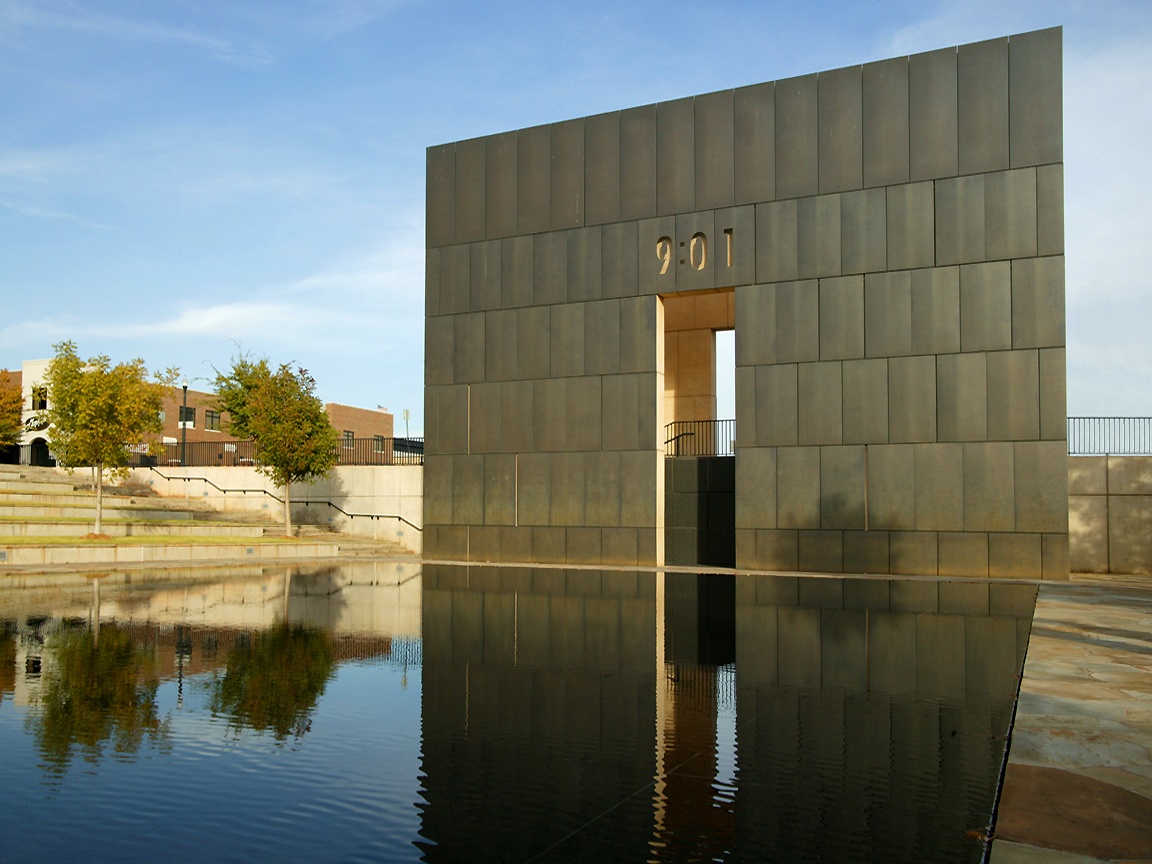Over the Thanksgiving break, I took my grandfather, my aunt and my uncle to the Anheuser-Busch Brewery Tour in St. Louis. We had a fantastic time. I always have a fantastic time. The facility is just awesome and there's free beer at the end. On this particular trip, the visit was a little different. This time they offered professional photography - something they had never done on any other tour.

Photo from Anheuser-Busch
Normally, I don't have a problem with photography or even offering professional photography at your facility. My big problem is with forced photography. By that I mean, herding people into a line and basically instructing them that this is part of the tour and then asking for $20 for pretty bad pictures. I've found this to be an issue at places like Disney World, but never on a tour, and unfortunately, it cost us about 10 minutes of interesting information about the facility. Has anyone else had this experience before?
One place I've seen professional photography done right is the Skydeck in Chicago. It's incredibly difficult to get a good picture of people on the glass viewing platforms with just your average camera. Skydeck offers professional photographers at a couple stations and allows you to get some super cool pictures. The difference here is that no one forced you to get in line and take the picture.

Photo from Skydeck Chicago
The question I pose is: Can museums offer professional photography that doesn't interfere with the visitor's experience? Do you think it's something museums should do?

